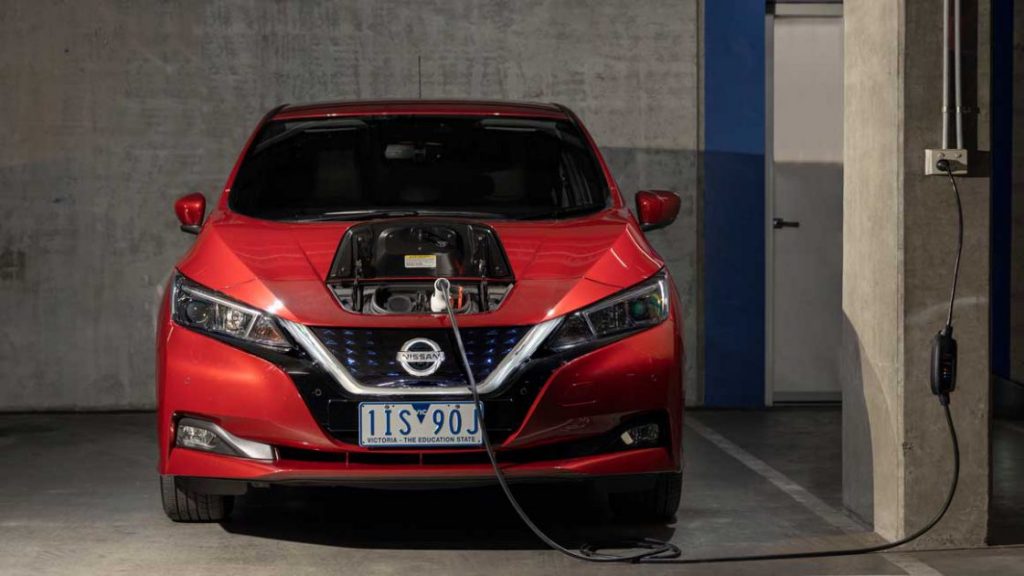In a recent interview with Australian auto publication The Driven, Nissan’s global head of electric vehicles Nic Thomas shared a rather surprising view of Tesla’s big battery installation in South Australia, which is widely credited for helping residents reduce their dependence from gas cartels operating in the region.
During the launch of a new version of its popular all-electric 40 kWh Leaf in Melbourne, the Nissan executive boldly declared that Tesla’s Powerpack Farm in South Australia is a waste of resources. “It’s a complete waste of resources because what we can do is have cars that are also batteries and those cars are parked most of the time,” Thomas said.
Thomas’ statement comes as he was discussing the new Leaf’s vehicle-to-grid/vehicle-to-home (V2G/V2H) system, which will allow the all-electric car to serve as a home battery unit. With the system in place, the Leaf will not only store energy by plugging into a home or business; the vehicle could also serve the energy back when needed. V2H is already in use in countries such as Japan, and a release in Australia is expected within six months.

The Nissan executive noted that the Leaf’s V2G system has the potential to help homeowners save money, especially if the vehicle charges through a rooftop solar system during the day, and uses its stored energy to power appliances and lights at night.
“The way we distribute and consume energy is fundamentally inefficient … what we need is flexibility in the system. It’s great that we’ve invested all this money in renewable energy, but fundamentally we’re wasting most of that energy because it’s all being generated in the middle of the day when we don’t really need it,” he said.
Tim Washington, CEO of charging solutions provider Jetcharge, noted that Nissan V2H technology has a lot of potential, considering that vehicles spend much of their time just parked, or in the case of electric cars, plugged in.
“Cars will be an energy asset first, and a mobility asset second. What I mean by that is you are going to use your cars probably more as batteries than as vehicles. As we know, vehicles are parked 90% of the time – that is one of the criticism leveled at cars. But what if they are the most efficient asset that you have because it’s doing work even when it’s parked? That’s when bidirectional charging comes into play,” he said.
While V2G technology has a lot of potential that even Tesla CEO Elon Musk recognizes, the Nissan executive’s casual dismissal of the 100MW/129MWh Hornsdale Power Reserve in South Australia seems misinformed at best. Since coming online, after all, the Powerpack farm, whose size is equal to around 2,500 40 kWh Nissan Leafs, has seen widespread acclaim for its speed and sophistication.
Even before it was officially activated, the big battery was called into action, injecting 70 MW of stored wind energy into the market; and just two weeks after it went online, it stepped in to support the grid when a coal generator in the region failed. This rapid response, which has pretty much changed the energy game in South Australia, would likely be pretty challenging to match with a fleet of Nissan Leafs. V2G definitely has its uses, and it will be beneficial to Nissan Leaf owners; but ultimately, big batteries like the Hornsdale Power Reserve are on a completely different level of energy storage.

<!–
–>
var disqus_shortname = «teslarati»;
var disqus_title = «Tesla’s big battery in South Australia is a ‹complete waste of resources,› claims Nissan»;
var disqus_url = «https://www.teslarati.com/tesla-powerpack-big-battery-mocked-by-nissan/»;
var disqus_identifier = «teslarati-109022»;

